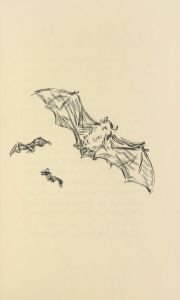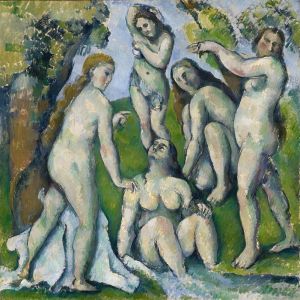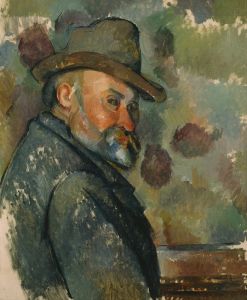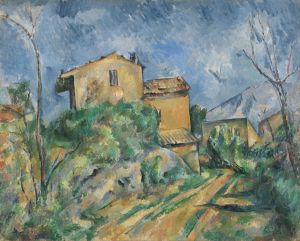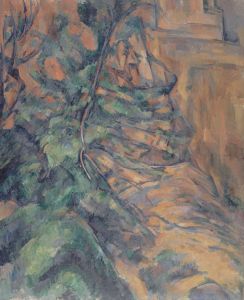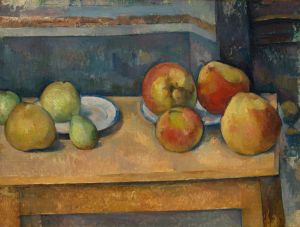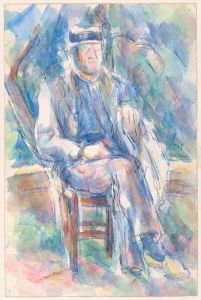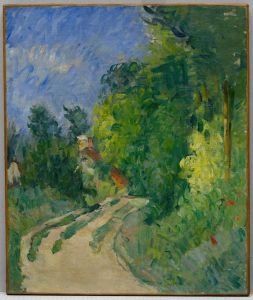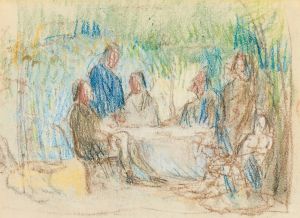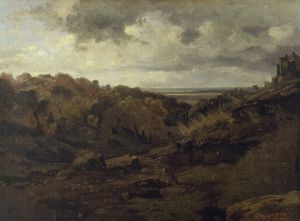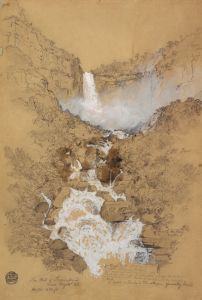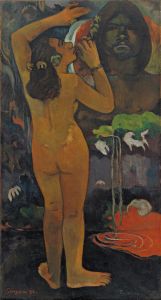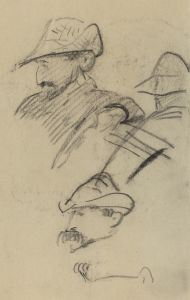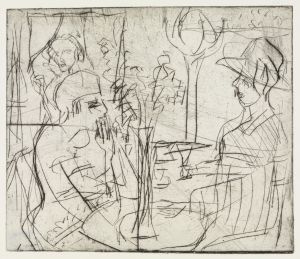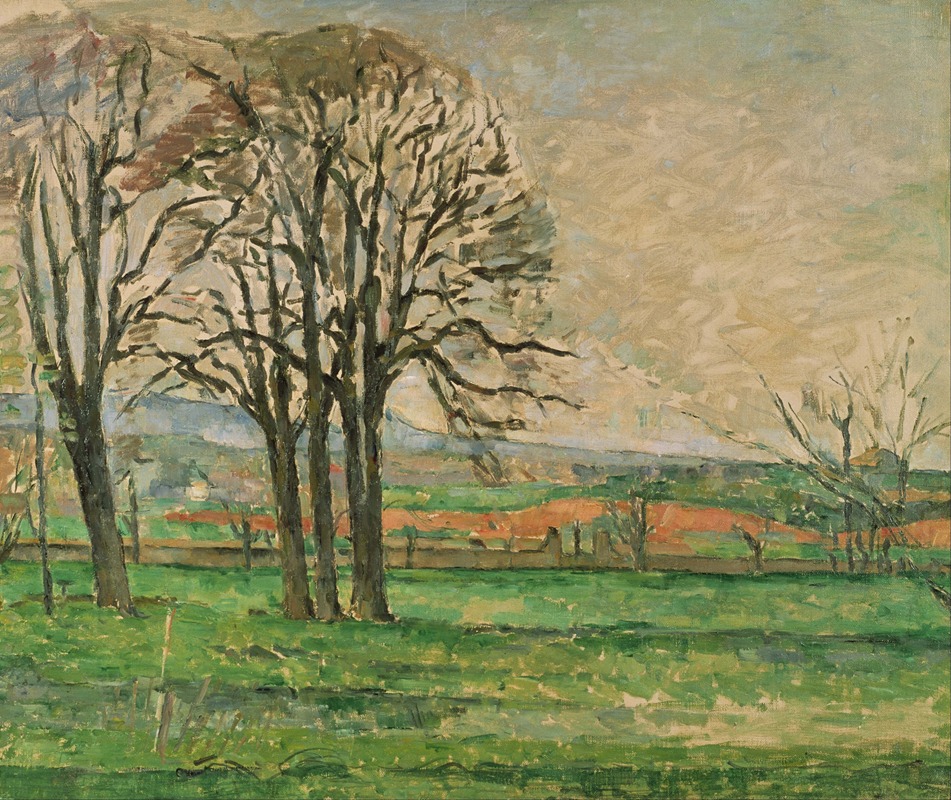
The Bare Trees at Jas de Bouffan
A hand-painted replica of Paul Cézanne’s masterpiece The Bare Trees at Jas de Bouffan, meticulously crafted by professional artists to capture the true essence of the original. Each piece is created with museum-quality canvas and rare mineral pigments, carefully painted by experienced artists with delicate brushstrokes and rich, layered colors to perfectly recreate the texture of the original artwork. Unlike machine-printed reproductions, this hand-painted version brings the painting to life, infused with the artist’s emotions and skill in every stroke. Whether for personal collection or home decoration, it instantly elevates the artistic atmosphere of any space.
Paul Cézanne's painting "The Bare Trees at Jas de Bouffan" is a notable work that reflects the artist's deep connection with the landscape of his family estate in Aix-en-Provence, France. Cézanne, a pivotal figure in the transition from 19th-century Impressionism to 20th-century Cubism, is renowned for his unique approach to form and color, which is evident in this painting.
The Jas de Bouffan estate, purchased by Cézanne's father in 1859, served as a significant source of inspiration for the artist throughout his life. The estate's grounds, with its varied landscapes, provided Cézanne with a rich tapestry of natural scenes to explore through his art. "The Bare Trees at Jas de Bouffan" captures the essence of this environment, focusing on the stark beauty of leafless trees, which Cézanne often depicted in his works.
In this painting, Cézanne employs his characteristic brushwork and color palette to convey the interplay of light and shadow across the landscape. The bare trees, stripped of their foliage, reveal the underlying structure and form that fascinated Cézanne. His interest in the geometric shapes found in nature is evident in the way he renders the trees and the surrounding environment. The composition is carefully balanced, with the trees creating a rhythmic pattern that guides the viewer's eye through the scene.
Cézanne's technique in "The Bare Trees at Jas de Bouffan" demonstrates his departure from the Impressionist style, which emphasized capturing fleeting moments and the effects of light. Instead, Cézanne sought to depict the enduring qualities of the landscape, focusing on the solidity and permanence of the natural world. His use of color is deliberate and methodical, with each brushstroke contributing to the overall structure of the painting.
The painting also reflects Cézanne's interest in the passage of time and the changing seasons. By choosing to depict the trees in their bare state, he highlights the cyclical nature of life and the inevitable changes that occur in the natural world. This theme is a recurring motif in Cézanne's work, as he often revisited the same subjects and locations, observing them under different conditions and at various times of the year.
"The Bare Trees at Jas de Bouffan" is an example of Cézanne's ability to transform a seemingly simple scene into a complex study of form, color, and composition. His innovative approach to painting laid the groundwork for future artists, influencing movements such as Cubism and Fauvism. Cézanne's exploration of the underlying structure of nature and his emphasis on the artist's perception of the world continue to resonate with audiences and artists alike.
Today, Cézanne is celebrated as a master of modern art, and his works are held in high regard by museums and collectors around the world. "The Bare Trees at Jas de Bouffan" remains an important piece within his oeuvre, exemplifying his dedication to capturing the essence of the natural world through his distinctive artistic vision.





